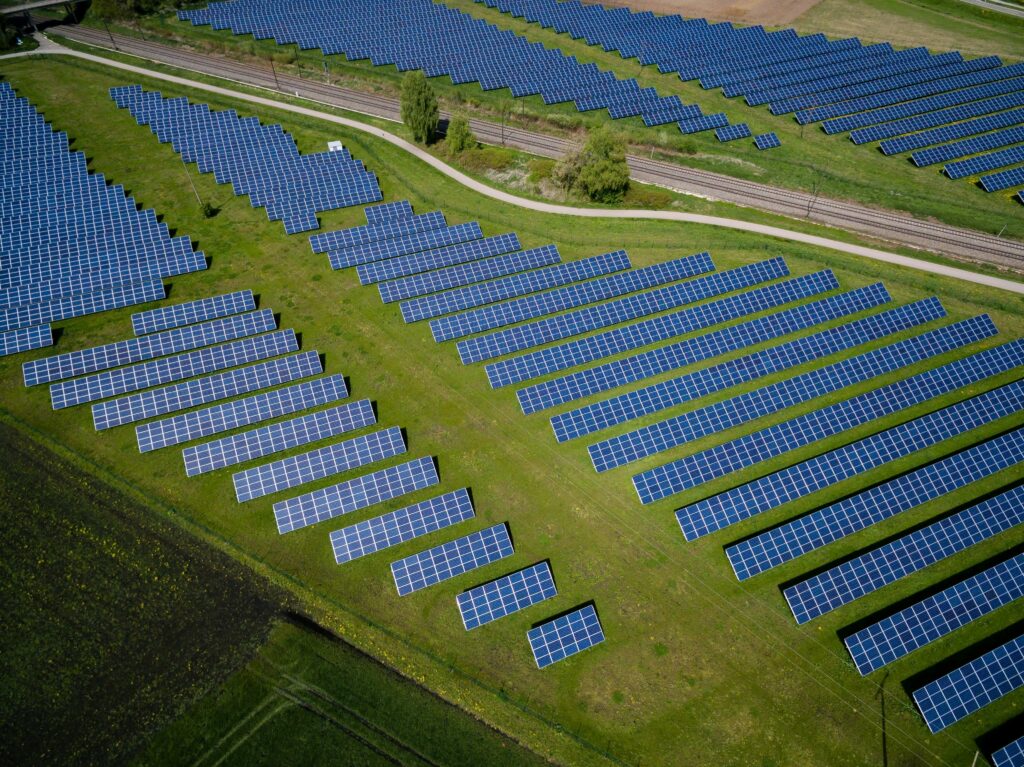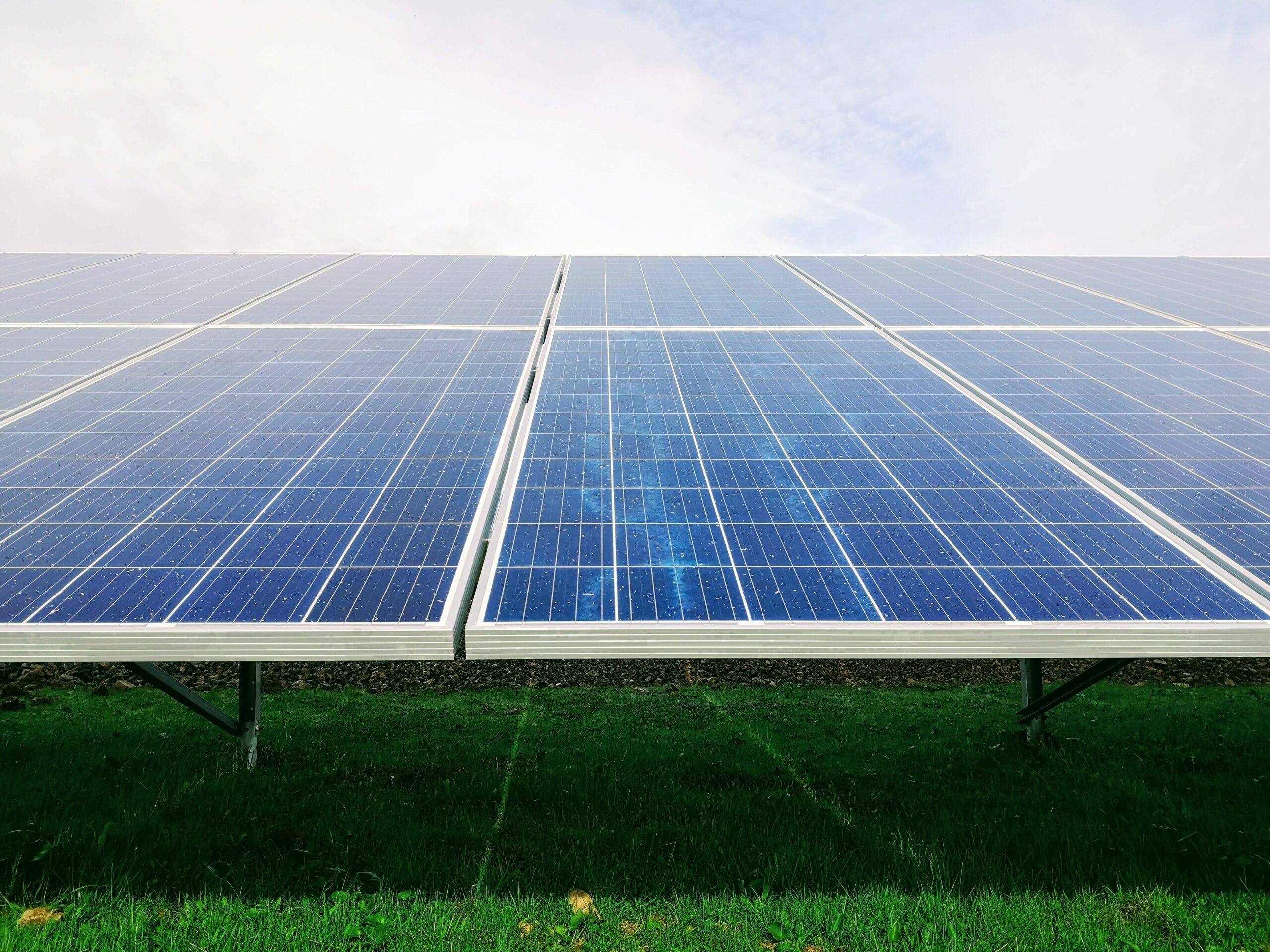Solar energy is one of the most reliable types of renewable energies to produce electricity and contribute to more ecological mobility of people and on the long term, the exchange of goods over the world. With more economic incentives and the emergence of new producers such as China, solar panels have become accessible to a wider spectrum of people. However, there are still some hidden aspects of the installation of solar panels that can impact the environment and somehow in a negative way.
Solar panels require a lot of space whether on the roofs of buildings or on the ground in order to generate enough solar power for electricity consumption. This leads crowded cities to find space so that the people can truly benefit from it which is a challenge. As for the countryside, installing huge panels can take up a bit of the natural habitats of some species. The benefits of reducing carbon emissions outstand this constraint, but if there are not clear guidelines, it can become risky. These guidelines should include how to carefully install solar panels, what ideal measurements they should have according to the space available, and what are the materials used, especially to connect panels to the electricity distribution network. On slopes, the installation of panels creates more shadows, which compromises the exposure of plants to the sun. Although the places for fixture are studied, a lack of broad space might lead to the sacrifice of some environmental components and beings.

Another aspect to consider is the effect of the reflectiveness of photovoltaic panels on the migration of birds. A raised claim of the National Audubon Society[1] on this topic explains the attraction of birds to light, thus reflecting a lot of solar rays or concentrate those in a solar tower may cause interferences with the senses of orientation of birds, which can also get very close to the panels and burn. The National Audubon Society recommends rooftop solar as the best alternative to not disrupt habitats or birds, but the height of the buildings should align with the safety measures in respect to the Migratory bird treaty act[2].
Globalization has opened boarders so that panels produced in Asia can be installed in Europe or Africa, however we have not yet “greened” the freight transportation in all its forms, and the transport of solar panels from a continent to another will still contribute to the high emissions of greenhouse gases, which makes the decentralized production of solar panels a double-edged sword for the environment. Even the type of solar panels highly contributes to the carbon footprint of photovoltaic technologies. While the monocrystalline panels require uniform blocks of silicon, the polycrystalline panels which are cheaper and more common are made by melting different fragments from silicon crystals, which is an energy-hungry process. The mining of other fine metals involved in production is not always fair and the transportation of these materials also contributes to carbon emissions.
All in all, solar panels are a great technology that allows businesses and individuals to produce a decent amount of the energy they consume and decrease their reliance on fossil energies. Nevertheless, the aim of this article is to highlight how much we need to think of the in-between processes of industries and transportation to aim at a true, transparent, and effective transition.
[1] https://www.audubon.org/news/solar-power-and-birds
[2] https://www.fws.gov/law/migratory-bird-treaty-act-1918#:~:text=The%20Migratory%20Bird%20Treaty%20Act%20(MBTA)%20prohibits%20the%20take%20(,U.S.%20Fish%20and%20Wildlife%20Service.
Other references:
https://hbr.org/2021/06/the-dark-side-of-solar-power

